Former physician to the Queen in Scotland, and the doctor who oversaw the Queen Mother’s surgery at Aberdeen Royal Infirmary, Peter Brunt has died age 87.
The retired ARI consultant gastroenterologist and pioneer of Hepatitis C treatment, was one of Scotland’s most distinguished medical practitioners.
His legacy includes an outpatient centre carrying his name which remains in Aberdeen.
Early Life
Peter William Brunt was born in 1936 in Prestatyn, Wales, to bank manager Harry and his wife Florence. The family moved regularly for work and Peter attended Manchester Grammar School, Cheadle Hume School, and King George V School, Southport.
In Southport that he developed a love of walking and climbing with school trips to North Wales and the Lake District. It would be an area he would return to many times, and where he would eventually retire.
Medical Education
Peter graduated in medicine from Liverpool University in 1959, where he met his future wife, Anne, also a doctor. After completing house jobs in Liverpool he became a research fellow at the John Hopkins School of Medicine, Baltimore USA, from 1965 to 67. There his research was in clinical genetics culminating in the award of an MD by Liverpool University in 1967.
It was in the USA that Peter also developed an interest in gastroenterology. At that time it was a small speciality with only a handful of academic units in the UK.
In 1967, Peter, Anne and their three daughters moved to Edinburgh, where he worked as a lecturer, and subsequently senior registrar in clinical medicine, in the gastroenterology unit at the Western General Hospital. His specialist training in gastroenterology began under Dr Bill Sircus.
Following this he became a Wellcome Clinical Fellow at the Royal Free Hospital in London under Dame Sheila Sherlock, a pioneer in liver disease, which was to become a lifelong interest for Peter also.
Aberdeen medical career
Peter was appointed consultant physician in Aberdeen in 1970, a position he held for the next 31 years. Initially based at Woodend Hospital, a relationship was formed with the department of surgery under Professor Peter Jones.
Constructive collaboration was very much part of Peter’s philosophy. With his colleagues he established a progressive unit, with expertise drawn across the whole field of gastroenterology and liver disease.
The unit also provided specialist outpatient medical care for Shetland over many years.
In 2010 the Peter Brunt Centre opened, offering a one-stop outpatient centre for patients with liver or gastrointestinal conditions in the north-east of Scotland. It remains a lasting testament to his esteem in the north-east of Scotland.
Innovation
Among his many innovations was the early adoption of video endoscopy which greatly improved training and patient care. A comprehensive research database in inflammatory bowel disease was also collated, and a highly progressive gastrointestinal bleeding unit was established producing major improvements for patients with bleeding into the gut.
The department Peter developed with his colleagues became one of the most vibrant and progressive in Scotland. It made major contributions to the study of inflammatory bowel disease and the care of patients with gastrointestinal bleeding.
Peter’s academic achievements were recognised by Aberdeen University in 1996 with the award of a personal chair in medicine.
Royal appointment
In 1983, Peter became Physician to the Queen in Scotland, which he continued until his retirement in 2001.
During that time he looked after the Queen Mother during her emergency admission to Aberdeen Royal Infirmary where she required surgery.
Following a similar incident many years earlier, it was thought she swallowed a fishbone or that a piece of fish had become lodged in her throat while dining at Balmoral. Attracting worldwide interest, Peter handled her care, and global attention, with his customary care and discretion.
His services to medicine were recognised in 1994 when he was awarded an OBE. In 2001 he was made a Commander of the Victorian Order in the Queen’s Birthday Honours List.
Wider NHS work
Throughout his career Peter maintained a strong interest in liver disease. In particular, the impact of alcoholic liver disease on individuals and communities in Scotland.
He was a director of Alcohol Focus Scotland, Alcohol and Drugs Action, and the Medical Council on alcohol. He was a member of the council of the Royal College of Physicians of Edinburgh and a former president of the Association of Physicians of Great Britain and Ireland.
In addition Peter was a member – or chair of 48 medical advisory bodies including the Nicolson Committee on Licensing Law, and the working party on Hepatitis C in Scotland for the Royal College of Physicians of Edinburgh.
His influence and commitment to the wider practice of medicine in Scotland would be difficult to overstate.
Tributes
“Peter was driven by a strong belief that doctors had a responsibility to improve the care of patients. Both through their clinical practice but also by promoting high standards of practice within the health service,” said Dr Alastair McKinlay.
“He was a big man in many different ways. Tall and well-built, he was charming. He also radiated a confidence that inspired trust; qualities that were highly appreciated not only by his patients but also by his colleagues.”
Noted for his clinical acumen, his advice on matters medical and non-medical was widely sought and highly regarded.
“His clinical notes were very distinctive, written in a large, flowing script, usually in a lurid purple or green ink. This was very practical, as his notes were always easy to find. Even more unusual for a doctor, they were completely legible.”
Man of faith
Beneath the gravitas, however, there was a man of great warmth and kindness, whose life was underpinned by his Christian faith.
Before his retirement he studied divinity and was ordained into the Episcopalian Church as a non-stipendiary minister in the Dioceses of Aberdeen. He preached regularly, a role he continued after his retiral to the Lake District.
Following Anne’s death in 2019, Peter moved to Northumberland to be closer to family. Always a family man, Peter is survived by two of his daughters, six grandchildren and one great-granddaughter.
Greatly missed
Dr McKinlay added: “He will be remembered fondly by many patients, by hundreds of medical students and junior doctors who themselves went on to successful careers, and by his colleagues for his leadership and example he set.
“Above all he will be missed by his family and by those who were privileged to call him a friend.”
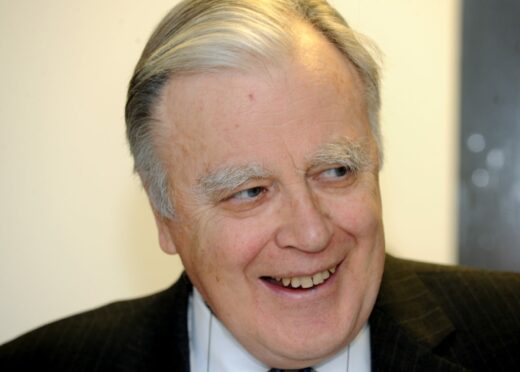
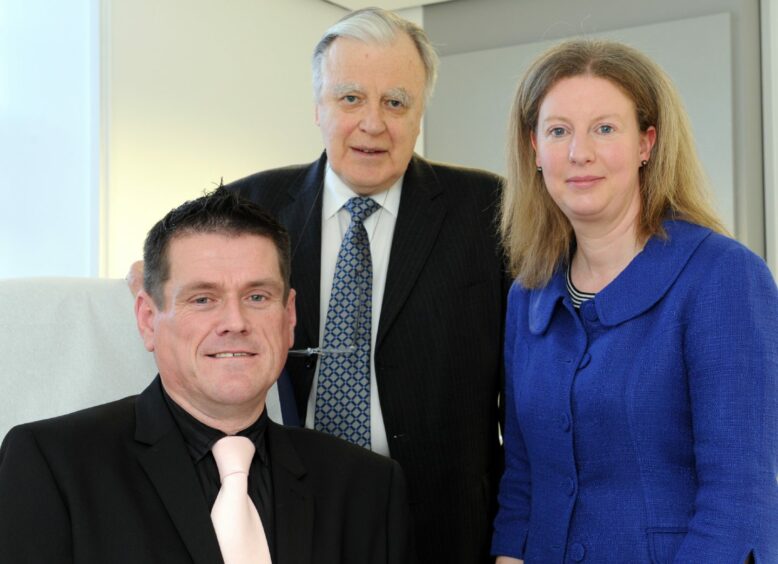
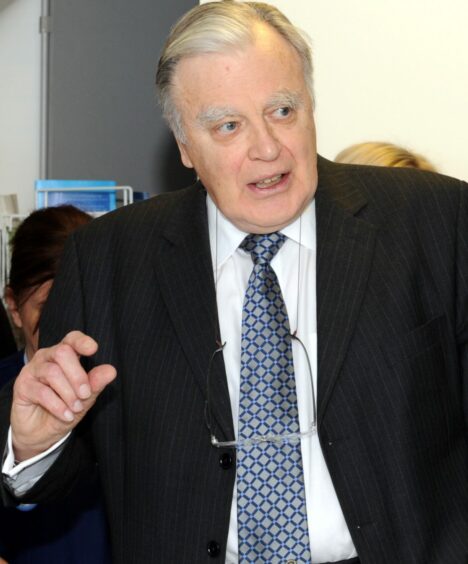
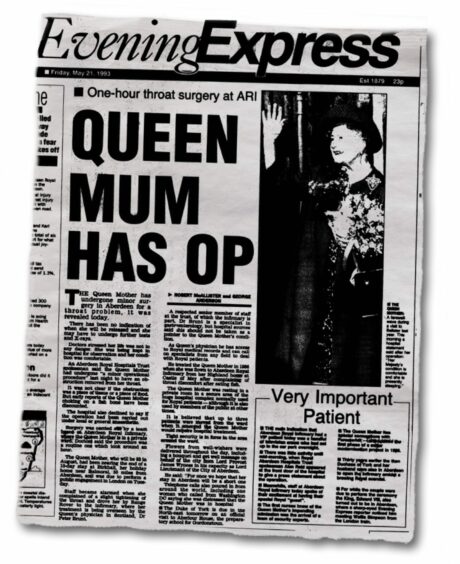
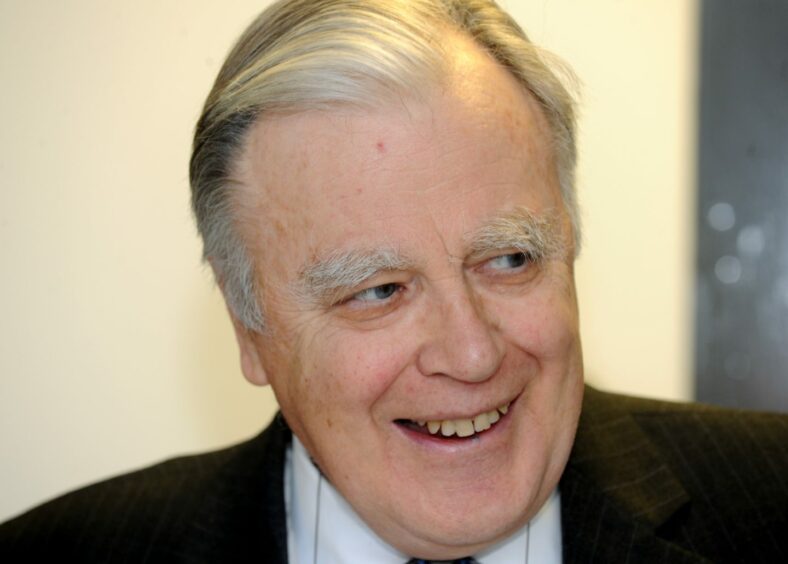
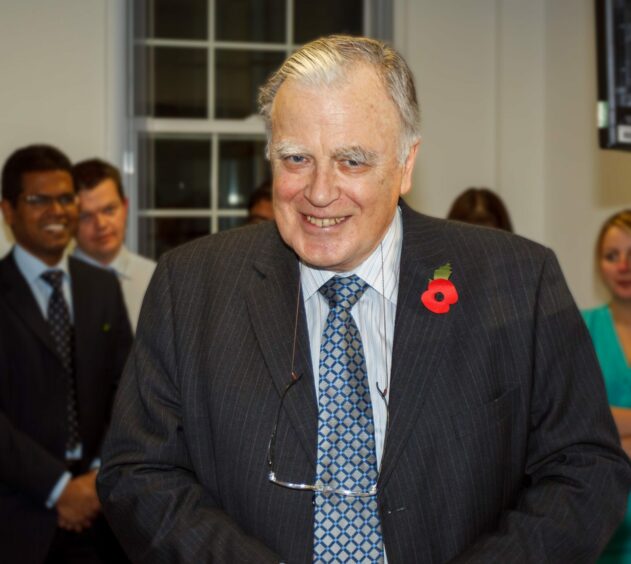
Conversation